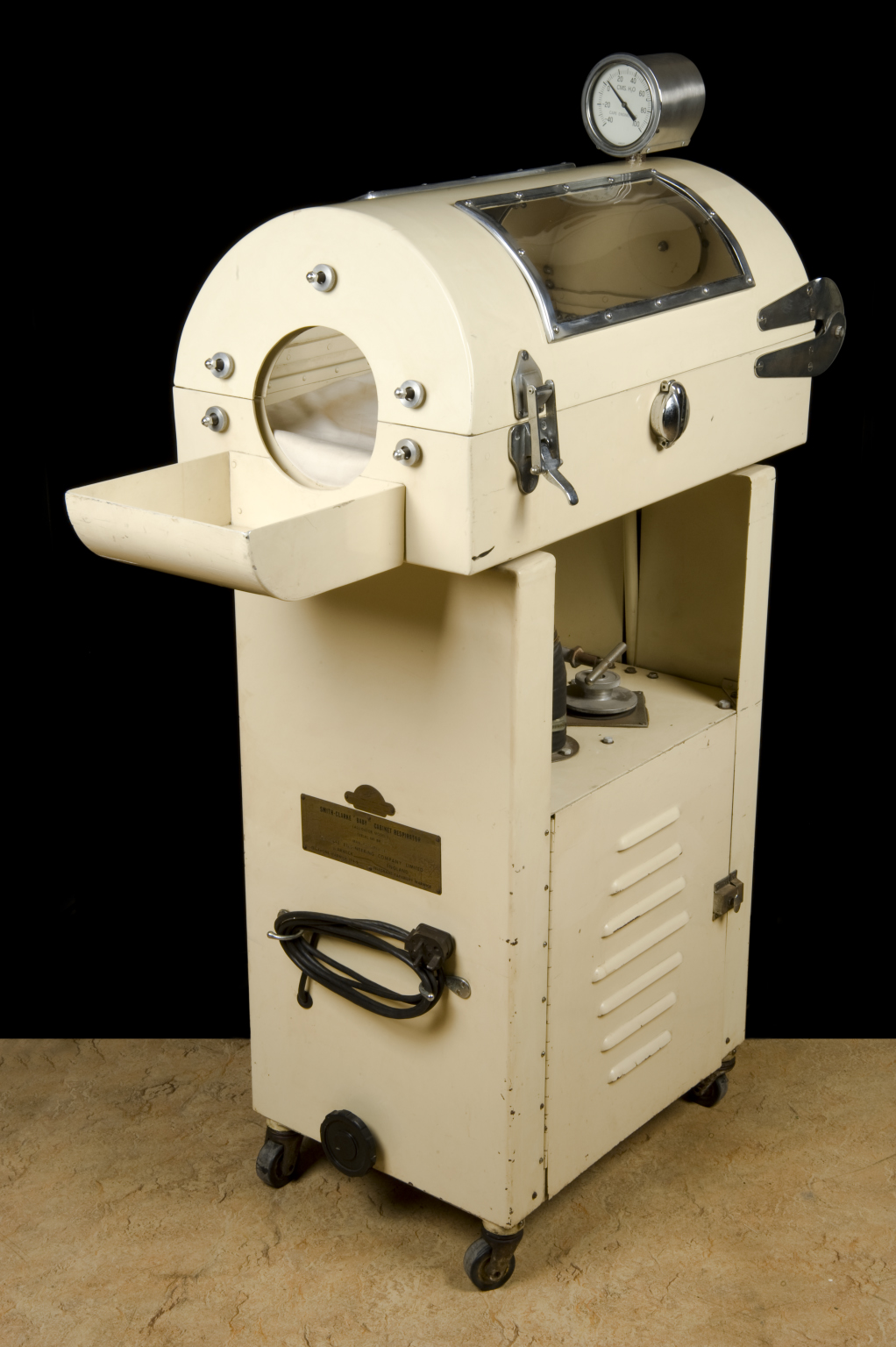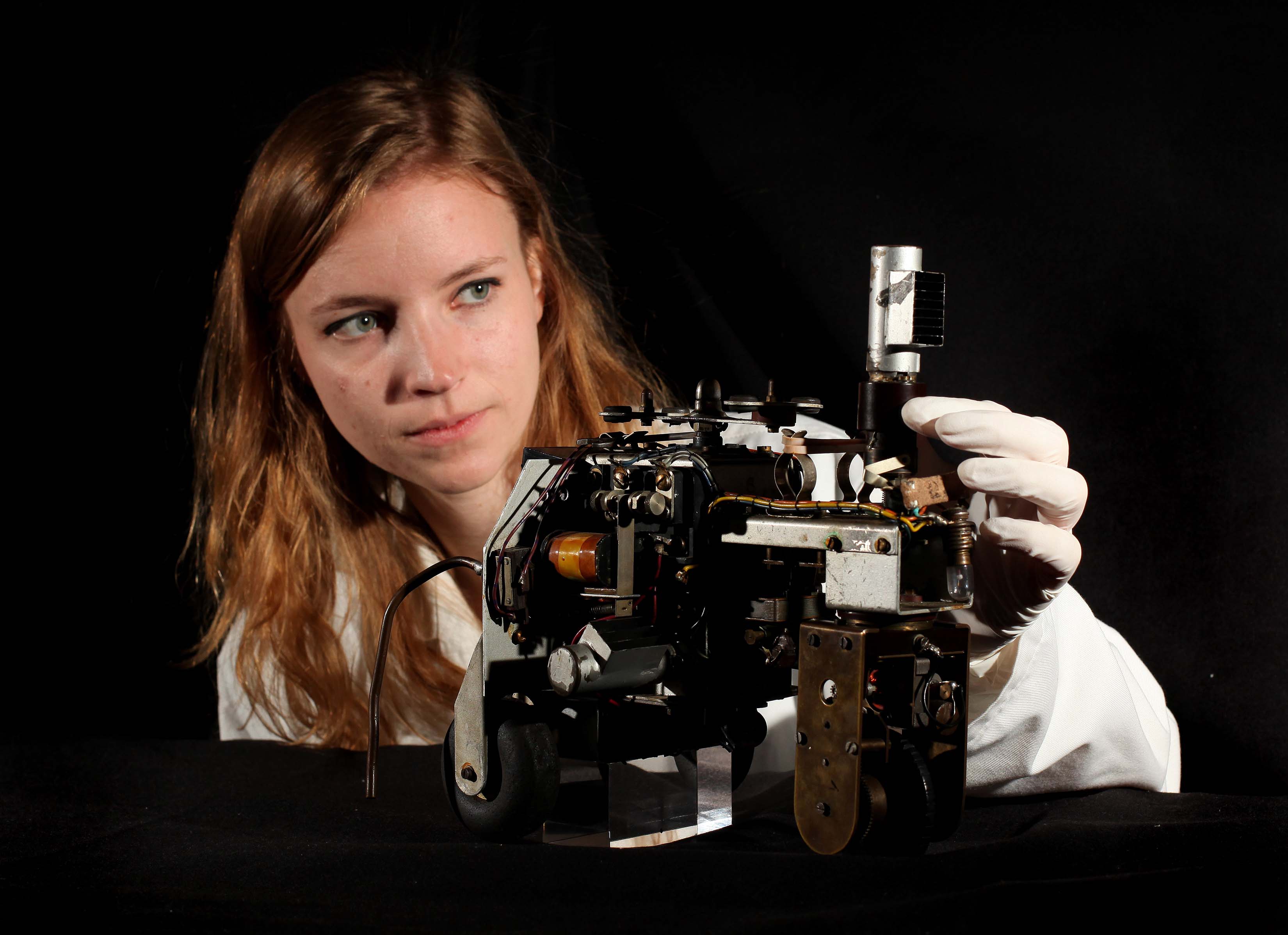Jen Kavanagh, Audience Engagement Manager for Information Age, explores the stories from telephone exchange operators in the 1960s.
Jen Kavanagh, Audience Engagement Manager, writes about the search for stories for our new Information Age gallery opening in September 2014. How do you send a message? Text? Email? What was used before computers? During the reign of Queen Victoria, it was the telegram. Do you have one tucked away somewhere at home that you could bring in and talk about? The Science Museum is inviting you to bring your telegrams into one of our collecting days at the Dana Centre (behind the Science Museum on […]
Jen Kavanagh, Audience Engagement Manager, writes about the search for stories for our new Information Age gallery opening in October 2014. Calling former telephone operators! We want to speak to the ladies who worked as telephone exchange operators in the 1950s and early 1960s, particularly around Enfield, London. We would like our visitors to be able to listen their memories alongside a display of the last manual telephone exchange in our Information Age gallery. Before automated systems were introduced in the 1960s, phone calls were manually connected by young female telephone […]
Tilly Blyth, Keeper of Technologies and Engineering, writes about the hidden histories of information. Information Age, a new £15.6m communication gallery, will reveal how our lives have been transformed by communication innovations over the last 200 years. Our new gallery on information and communications technologies, Information Age, will open in Autumn 2014. It will look at the development of our information networks, from the growth of the worldwide electric telegraph network in the 19th century, to the influence of mobile phones […]
Harriet Lamb, Senior Individual Giving Executive in our Development team, writes about the history of the 1851 Great Exhibition. Early May marks the anniversary of the opening of the Great Exhibition of 1851 (and therefore the origins of both the Science Museum and Victoria & Albert Museum). 100,000 objects from art to machinery, from all over the world were on display in an enormous purpose built glass structure – so big that it arched over two of the trees in Hyde […]
Today we’re hosting The Giants’ Shoulders, a monthly event providing a taster of some of the best history of science the blogosphere has offered this month. News of a meteor breaking up over Russia and the close approach of an asteroid inspired many bloggers including Rupert Baker at the Royal Society Repository, Darin Hayton, Lisa Smith at the Sloane Letters Blog and Greg Good at Geocosmohistory. On the Board of Longitude Project blog, Alexi Baker surveyed how attitudes to inanimate objects […]

David Rooney, curator of the Science Museum’s award-winning Codebreaker exhibition, discusses mathematician Alan Turing’s contributions to science and society as part of LGBT History Month.

Billionaire computer entrepreneur and philanthropist, Bill Gates, is to discuss the impact of polio on humanity at this evening’s annual BBC Richard Dimbleby Lecture. His speech, which will be broadcast from the historic Royal Institution, will be supported with the visual aid of an iron lung from the Science Museum’s collection.
This post was written by Tara Knights, a work placement student with the Research & Public History department from Sussex University’s MA Art History and Museum Curating. This is the third installment in a series of blog posts where we have been exploring the lives of our ancestors by looking at a collection of tool bags from the Science Museum’s collections. This time we will be looking at the mining industry. We might think we’re fairly familiar with the tools […]
Amongst our peerless collection of artificial limbs are a number which have been designed or adapted for very specific functions. For example, the special attachment that allowed a one-armed WW2 bomber pilot to hold the joystick in his plane or the artificial leg terminating in a hollow metal half-sphere that prevented a keen beachcomber from sinking into the sand. The arm pictured above is one of the most intriguing examples we have. Acquired from Queen Mary’s Hospital in Roehampton, it’s […]

The Science Museum’s critically-acclaimed exhibition about Alan Turing, the mathematician, logician, cryptanalyst, and philosopher, has been awarded a prestigious prize by the British Society for the History of Science writes Roger Highfield
Something a bit different from Stories from the Stores today – we’re hosting the History Carnival, and bringing you a roundup of last month’s blogs on history (and a few other links we just found interesting). Don’t worry – in true STFS style, we’re still illustrating it with objects and images from the Science Museum’s collections! Slaughter, Shakespeare and squibs November’s remembered for gunpowder treason and plot, for which Guy Fawkes suffered a traitor’s execution: hung, drawn and quartered. As Kathleen McIlvenna points […]